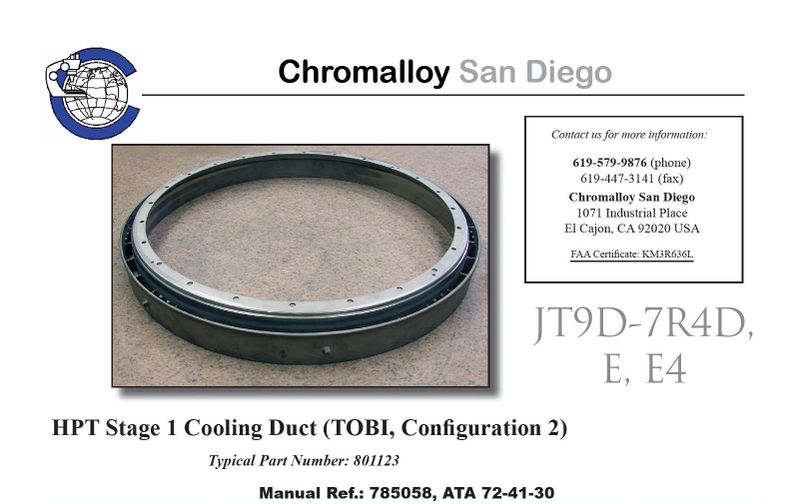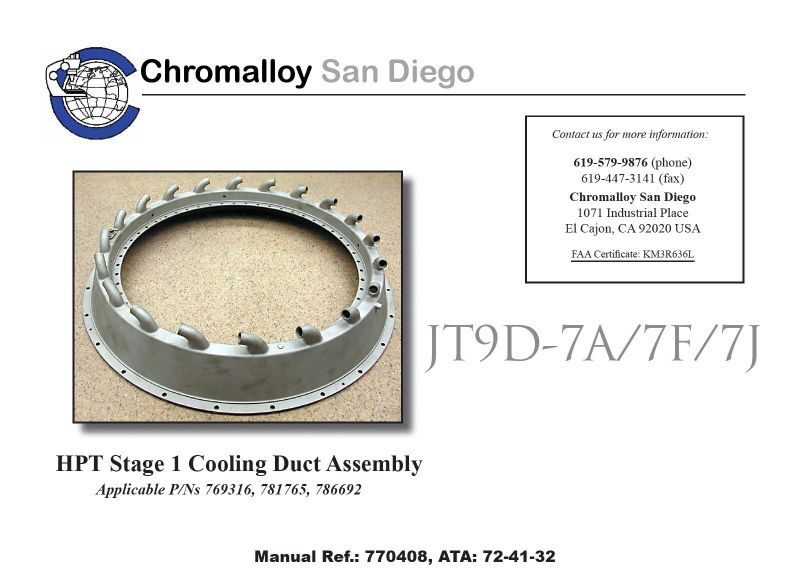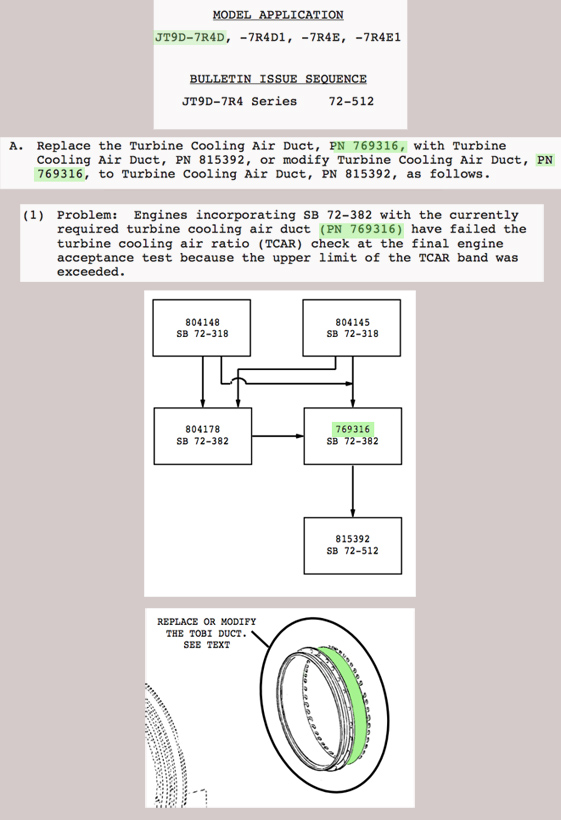When United Flight 175 hit World Trade Center Tower 2 on 9/11 some large parts of it passed through the building and landed in the streets to the north. One of these was a badly damaged core part of an engine. This landed at the intersection of Murray st and Church St.
This engine has long been part of 9/11 "Truther" mythology, with claims that it was impossible that it was used in the 767 (registration N612UA) that took off as Flight 175. This led to claims that the plane that hit the building was a modified drone, or even that there was no plane at all, and the engine was planted there, or in more extreme variants shot out of a cannon from inside the building.
Since it has been so long I presumed this has been already addressed numerous times. But when I went to look it up I found a lot of dead links, broken images, and very long threads.
I think it would be useful to gather together a concise summary of the facts behind this supposed "smoking gun". First because it's going to keep coming up, but secondly it's such a long accepted part of the mythology. Hence clearly demonstrating that it is in fact the correct engine might give the more open-minded Truther some pause for thought.
The Truther objection seem to hinge around the ring of rounded 90° tubes on a ring shaped cooling duct assembly visible at the top of the engine as it sits on Murray St.
So there's this, which is claimed to be what should have been on the engine:

And this, which looks like what we actually see.

So the claim is that the 767 engine was a JT9D-7R4D, but the part was for a JT9D-7A.
Despite some digging, I'm unable to find simple answers to the following two questions:
1) How do we know what engine was in N612UA?
2) Is there a bent-tube part like that in the engine that was in N612UA?
The type of engine question seems to end up with a broken unarchived link on an IP address that no-longer hosts anything. But the info must exist somewhere.
There's a thread on ISF, much discussion, many broken links:
http://www.internationalskeptics.com/forums/showthread.php?t=208381
The sense I got from that thread was that many people thought that the two parts were not interchangeable - one was a duct, the other was a duct assembly, so perhaps one was attached to the other. But I did not get a clear answer. It is however hard to see how they could be functionally interchangeable. The point of the cooling duct is to blow cooler air on the turbine blades, the part without the tubes looks like something to transport the air around the outside - i.e. a part that would come before the bent tube part.
So basically I'd like to gather the actual facts here, and edit this post into a useful explanation of those facts. I realize this is old stuff, but it keeps coming up, and if I have a hard time finding the info, then most people will. So I invite more seasoned 9/11 investigators and people familiar with aircraft engines (@Oystein, @Keith Beachy, @benthamitemetric, @Cube Radio, @Jeffrey Orling, @jaydeehess, @Redwood, @MikeC, etc, ) to help out in creating this concise explanation. Hopefully it's already been done somewhere - but if not then I think it would be very useful to gather it here for future generations of 9/11 investigators.
Attachments
Last edited:


